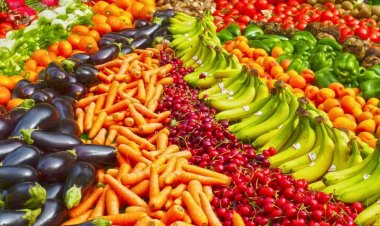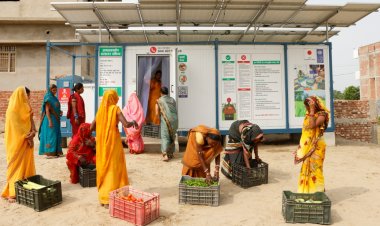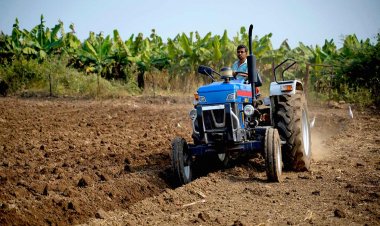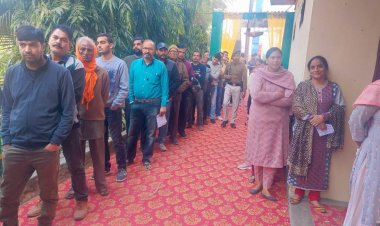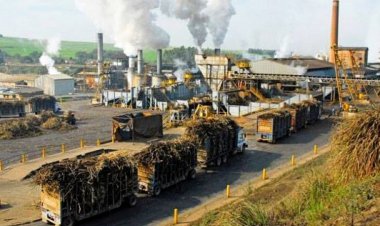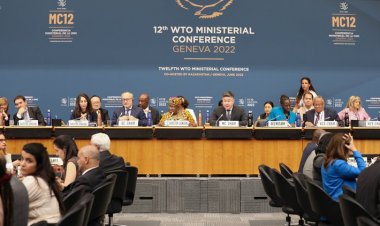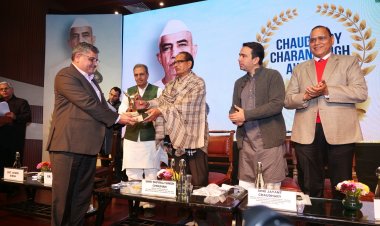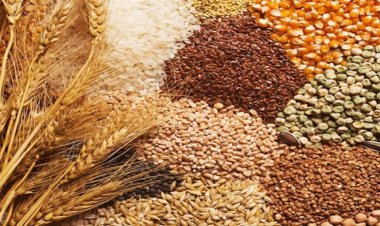Agriculture-centric policy needed for sustainable and inclusive growth
Economists identified growth linkage and the multiplier effect of agriculture growth on the non-agriculture sector. Agriculture contributes to economic development in multiple ways besides backward linkage through demand for inputs. The other linkages include the supply of new forms of raw material for industry and demand for industrial goods in rural areas.

New thinking emerged on the role of agriculture in economic transformation led by Johnson and Mellor in 1961. According to this school, agriculture plays a central role as a driver of growth, especially in the early stage of industrialization. Leading development economists of the time like TW Tschulz in 1964 and Hayami and Ruttan in 1971 also recognized the leading role of agriculture and its potential to emerge as a modern sector and contribute to overall growth in a significant way.
A little later, economists identified growth linkage and the multiplier effect of agriculture growth on the non-agriculture sector. According to the proponents of growth linkages of agriculture, this sector contributes to economic development in multiple ways besides backward linkage through demand for inputs. The other linkages include the supply of new forms of raw material for industry and demand for industrial goods in rural areas.
It is interesting to point out that both the traditional and modern theories of economic development have a remarkable similarity in terms of conclusions on the nature of economic transformation. All development economists arrived at a conclusion that as per capita income rises, the share of agriculture in GDP and in employment undergoes decline.
Empirical evidence from industrialized countries, emerging economies and developing economies provide strong evidence of a decline in the share of agriculture in GDP and employment but the patterns turn out to be different in recent years. According to Timmer (2009), the share of agriculture in GDP falls much faster than the share of agriculture labour in the overall labour force. Economists like Bruce Gardner in 2002 observed that faster integration of farm labour into the non-farm economy is the long-term answer for convergence of farm and non-farm income but such integration takes a long time.
In recent years, the convergence between the share of agriculture in GDP and employment has further slowed down as job opportunities in the industrial sector are not keeping pace with growth in non-agricultural GDP. In India, China, Vietnam, the two shares are moving parallel rather than converging. This implies a continuation of disparity in per worker income between agriculture and non-agriculture.
Employment is emerging as a most serious challenge. Technological innovations of various kinds like robotics, machine learning, automation, AI etc. are favouring capital-intensive production to the detriment of deployment of labour. Modern growth is dubbed as “jobless growth” by some economists.
I did a study in rural India to compare changes in rural GDP and rural employment during 2004-05 to 2011-12. In this period, the GDP of the manufacturing sector in rural India increased at an annual rate of 15.87 per cent. In contrast to this, the growth of employment in industry was a meagre 0.67 per cent. One may ask why a country doesn’t encourage labour-intensive production and discourage excessive capital intensity in industry through suitable incentives and policies. The difficulty of doing this follows from efficiency or competitiveness which cannot be ignored in a globalized world.
Let me elaborate this by giving example from the food processing sector of India. This sector is divided into two categories, viz. organized and unorganized. Organized refers to capital-intensive modern factories and unorganized includes small and micro enterprises. Data shows that the organized food processing sector employs 20 per cent of the total labour force used in the food processing sector and produces 80 per cent of the output. In contrast, the unorganized sector employs 80 per cent of the workforce of the sector for 20 per cent share in the output. As a result, the share of the unorganized sector is shrinking rapidly. You can easily imagine the implications for employment.
Should we think of an agriculture-centric model of development in the initial stages of development in a low-income economy and then give a big push to industrialization? Will such a model be more suitable for a developing country like India?
At a theoretical level, the pathway for agriculture-led economic transformation may follow from innovations in agricultural sciences like biotechnology. I feel the counter to the adverse effects of digital technology on jobs can come from plant biotechnology.
The first possibility for deviation from the Lewis model was created by the Green Revolution technology that became available to developing countries in the mid-1960s. Many developing countries harnessed this technology to usher in their socio-economic transformation. The underlying explanation for this is the backward and forward linkages created by accelerated growth in the agriculture sector.
The first wave of growth in India was brought by the Green Revolution technology. The second wave was brought by economic reforms which began in the year 1991-92. The third wave which involves a sort of revolution in services and IT and IT-enabled services began around the year 2003-04. Growth rates in agriculture, non-agriculture and total economy, corresponding to these episodes of growth, reveal an interesting story. The first phase is taken from 1950-51 to 1966-67 before the onset of the Green Revolution technology in India. In this period, agriculture experienced a growth rate of 1.77 per cent while non-agriculture showed an annual growth rate of 5.5 per cent. The overall growth of the economy was 3.41 per cent. The onset of the Green Revolution brought the first wave of accelerating growth in agriculture which increased to 3.02 per cent during 1966-67 to 1991-92. In the third phase, which began with economic reforms, agriculture growth showed slight deceleration but non-agriculture growth showed a high rate of acceleration to 7.01 per cent. The growth rate of the economy accelerated to 5.73 per cent despite a small deceleration in the agriculture sector. This could happen due to the favourable effect of policy reforms on the manufacturing sector.
The recent phase covering the period from 2003-04 to 2019-20 witnessed an acceleration in both, growth rate in agriculture as well as non-agriculture, leading to an acceleration in the growth rate of the economy to 6.71 per cent. This growth trend shows that the agriculture sector played a very significant role in accelerating the growth of the economy and in raising the per capita income in India. At the same time, it resulted in a reduction in poverty.
(Prof. Ramesh Chand is Member, NITI Aayog. This article is an extract from his presidential address “Economic Growth and Inclusive Development: Is there a need for new growth model?” delivered at the 104th annual conference at the Indian Economic Association at the Atal Bihari Vajpayee Institute of Good Governance and Policy Analysis, Bhopal.)



 Join the RuralVoice whatsapp group
Join the RuralVoice whatsapp group

















